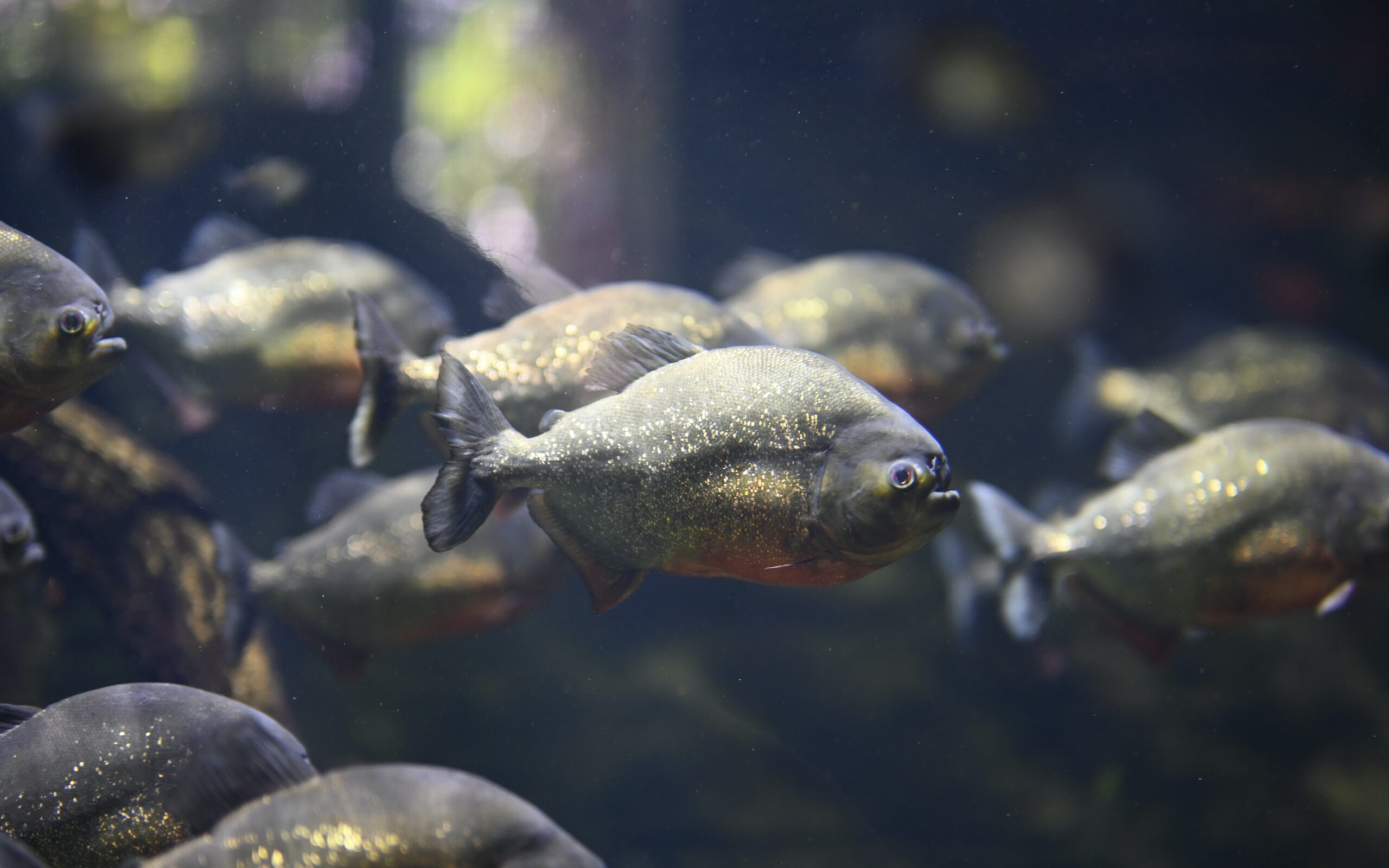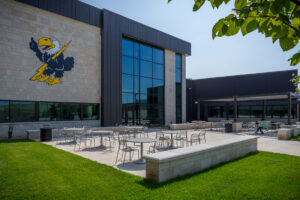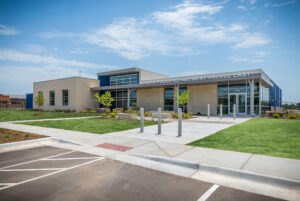If you’ve ever tried to cut a steak with a butter knife or use a flathead screwdriver when a task clearly calls for a Philips-head, you intuitively understand the importance of form and function relationships. As a forensic biomechanist, Dr. Jeremy Lomax has spent his career studying the complex relationship between biological organisms’ forms and functions, from fish anatomy and behavior to understanding and preventing human injuries.
We joined Dr. Lomax in conversation around how studying the form-function relationship shapes our understanding of movement, injury prevention, and product design.
Key Takeaways:
Proactive Testing Feeds Innovation & Mitigates Risk
As a consultant forensic Biomechanist, Dr. Lomax uses his understanding of the human form – from muscles, balance, bone strength & structure, flexibility, coordination, and stages of development – to test the safety of products in the field and in the lab. In some cases, Dr. Lomax is engaged proactively in testing prototypes and shared testing of a new slide with no sides for older children as an example. Sometimes on paper, sometimes with volunteers who interact with the products, and sometimes even using SIM modeling that can predict the effect a product will have on muscles and joints, Dr. Lomax tests the product design against all the possible ways it may be used, searching for opportunities to better optimize its design to mitigate the risk of injury while still facilitating the intended experience.
Other times, Dr. Lomax is involved in reactive testing, studying a product’s design after an injury to understand how an injury occurred, how it could have been prevented, and if the product could be modified to prevent further injury. Could a seat have been better formed to keep a person in position during a car accident, or the weight of a helmet better distributed to cause less neck strain?
In all cases, Dr. Lomax’s proclivity for asking a lot of questions, which he suggests may have tested the patience of his teachers and caregivers, has become an important advantage. When ideating on new experiences for guests and animals, what are some ways zoos & aquariums could engage in proactive testing? What types of questions, asked and tested in advance, could push the boundaries of innovative guest experiences and animal wellbeing but also mitigate risk?
Scientific Understanding Informs Risk-Benefit Analysis
The trend in new and updated exhibit design is increasingly naturalistic and inclusive of multiple species. These environments have demonstrated benefits and are particularly influential on guests’ perception of animal wellbeing and building empathy. However, naturalistic environments also inherently carry more risk and unpredictability. A loose rock or log can be thrown, a branch can break, an animal can lose its grip. In this conversation, Dr. Lomax indirectly presented a scientific and objective method of proactively assessing the risk of injury by musing on the not-so-hypothetical question of the height of climbing structures in a lemur habitat. His ad-lib process included using gravity and a species’ average weight to calculate the force of impact from various heights alongside an understanding of that species’ physiology and the impact it could sustain without serious injury.
Such opportunities for proactive analysis of potential risk also apply to guest environments. As parallel and nature play opportunities in zoos and aquariums expand, so do conversations around the balance of healthy risk and safety in children’s physical and cognitive development. Developing or consulting on a scientific understanding of the physiological risks associated with various play opportunities is an important basis for risk-benefit analysis.
As we explore more innovative, dynamic, and “risky” experiences for guests and animals, are there opportunities for a more scientific and objective approach to evaluating exhibit design for jump distances, barrier strengths, climbing heights, etc than on previous behavioral observations, gut feelings, or the risk tolerance of decision makers?
Form-Driven Design Encourages a Greater Spectrum of Animal Behaviors
Considering the form-function relationship early in design can lead to uniquely innovative and impactful environments and experiences for animals and guests. As an example, Dr. Lomax shared his observation of an aquarium environment for piranhas with water levels designed to rise and fall, simulating wet and dry seasons and facilitating an important natural cycle in piranha behavior. As the waters rise as they would with rain, piranhas move to the surface, anticipating insects dropping into the water. As the water levels lower, piranhas move to the bottom, where food is more prevalent. Not only does this provide an organically enriching experience for the piranhas, but it is also a live interpretation of ecosystem dynamics.
As zoos & aquariums strive to incorporate increasingly immersive experiences, the form-function relationship is a critical consideration in simultaneously designing for animal wellbeing. There are commonplace examples, such as elevating guests for giraffe feeding experiences and treetop walks, but in what other ways can we invite guests in while ensuring animals are thriving?
Celebrate the Weird, Amazing, and Wildly Wonderful
Throughout our conversation, Dr. Lomax’s ardent love and fascination for biology, zoology, ecology, and physiology were evident and infectious. When you stop to think about it, the immense diversity of species on our planet, and their sometimes bizarre adaptations, is truly extraordinary. Deeply entrenched in the care and conservation of these species, and in the operation of complex organizations, it’s easy to lose sight of this. Dr. Lomax urged us to “remember how we feel, how curious we get, how wondrous it is, and how amazed by the natural world we are and translate that into how we show and share that wonder with zoo and aquarium guests.”
Zoos and aquariums give people a chance to see, smell, and hear animals most would never otherwise experience in person. Knowing that our guests’ time with us, and their attention span, is limited, how can we best use this precious time to inspire wonder and awe that may ignite a lifelong commitment to the care and protection of our planet? Can we think differently about the design of immersive environments and experiences that do not rely solely on a nose-nose encounter with an active animal? Can we reconsider what we deem critical content on interpretive panels in the age of information where an animal’s scientific name is just a smartphone away?




